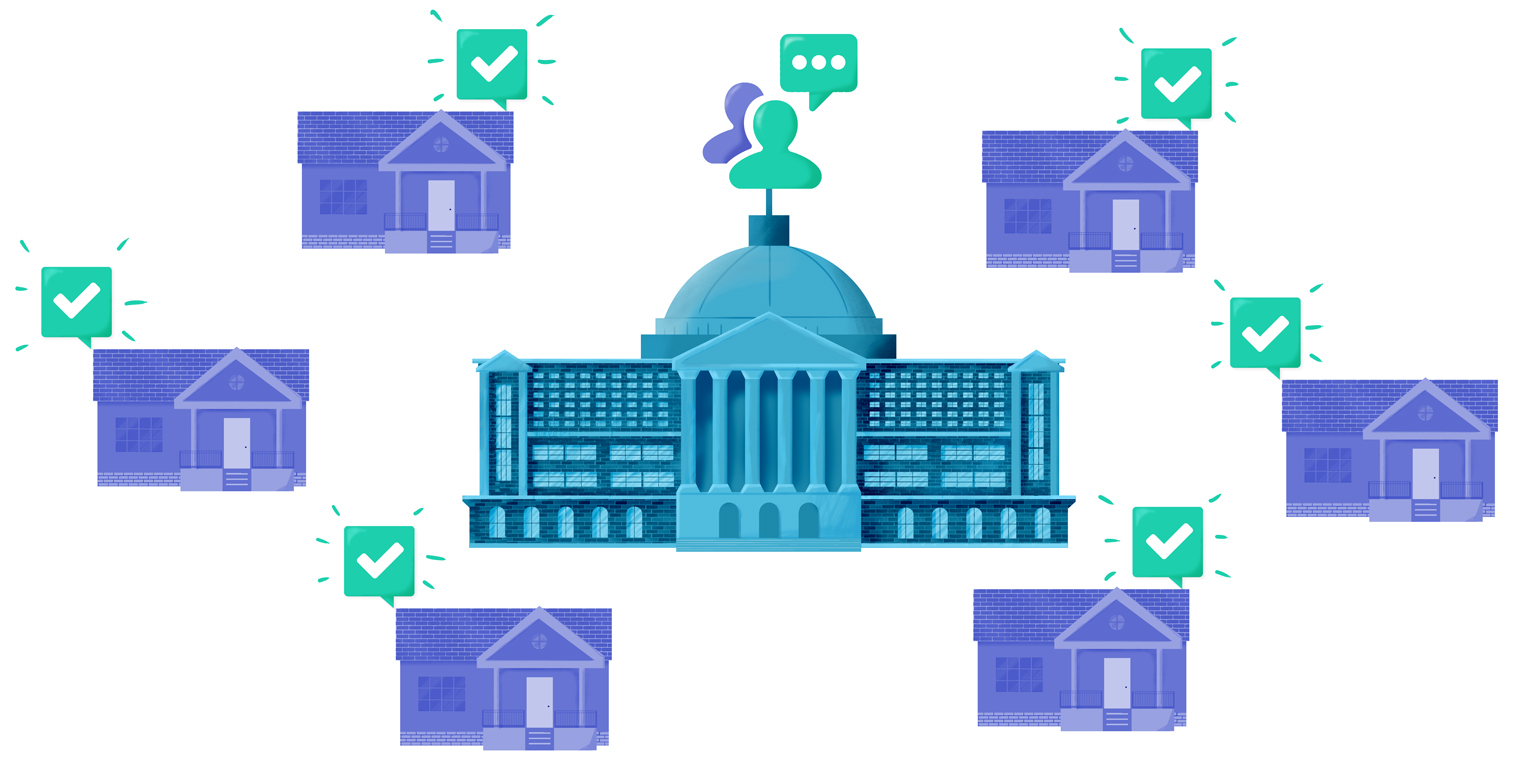Building Community Closeness Through Transparency
Community closeness
We recently published a Research Report focusing on Proven Practice Strategic Planning, Design, Execution and Reporting for US Municipal and County Government Organizations– it was an interesting field of strategy to research. One aspect of the report discussed the findings of a World Bank Group commissioned paper exploring How Close Is Your Government to Its People, and although 9 years old, I still think it is very relevant. It proposes that for the last 3 decades “a silent revolution has been sweeping the globe”, and we are all seeing a progressive shift of governments to gain greater ‘closeness’ to their people to “establish fair, accountable, incorruptible and responsive governance”. The paper successfully uses data to rank countries on three dimensions: political, fiscal, and administrative, in terms of their level of decentralization and to determine an overall “Closeness Index”.
Closeness ranked
The top 5 positions are dominated, not surprisingly (as they often appear at the top of any global list) by Scandinavian countries, with the inclusion of the United States:
- Denmark
- Switzerland
- Sweden
- Finland
- United States
My home here in New Zealand is just inside the top 50 with a ranking of #47, behind Ethiopia, so we still have much to learn.
What this tells us is that these leading countries understand the need to know their local communities and have recognized the need to place a significant level of responsibility and accountability on local government organizations to meet the expectations of their key stakeholders: their people. I believe this trend to strive for greater community closeness will intensify given the events of the last 2 years, and community facing, decentralized government agencies will feel the pressure even more.
Closeness requires a strategy
So, with the ever-increasing expectations of local communities in the midst of a complex economic environment, they need to design a strategy that:
- Will allow for experimentation, enabling successful strategic patterns to emerge from anywhere inside the organization
- Will increase the levels of interaction and communication inside the organization to enable this process
- Will deploy methods that can help generate ideation and discussion, establish boundaries, encourage debate, and monitor success
Closeness requires transparency
We have seen an interesting development in strategic communication recently with customers (not just decentralized governments) keen to start sharing their strategies outside of their organizations. Spoiler Alert! Watch out for a hot new feature from StrategyBlocks in next month’s newsletter. Whether it is community project delivery, environmental indicators, reporting to external stakeholders or publishing strategic updates for customers, it seems there is a strong desire to share the vision with external parties.
Back when the strategic plan was the sole domain of the chief executive and senior leadership team, personnel were very much included only on a need-to-know basis. More recently, workforces have been requesting transparent access to the strategy. Posting a static document on the ‘Our Strategy’ section of the ‘About Us’ web page does not cut it anymore. All stakeholders, internal and external, expect to be able to see the vision, see the progress made toward it, and monitor the outcome–this is a new paradigm shift.
StrategyBlocks offers an all-encompassing view of an organization’s strategic execution by merging and linking quantitative and qualitative data with the delivery of strategic initiatives and portfolios, therefore aligning work management to corporate vision and purpose, and driving transparency.




Leave A Comment